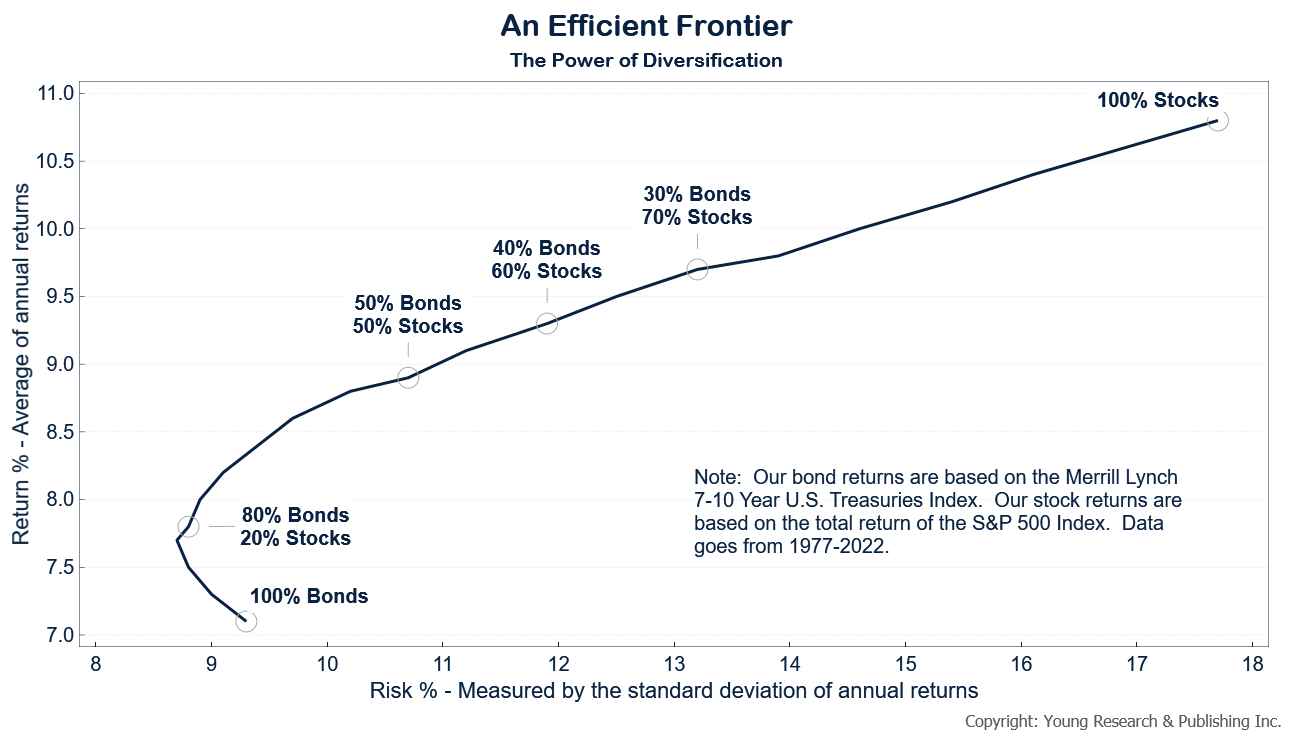You’re going to love this. Hedge funds had a terrible year. As of mid-December, the Dow Jones Credit Suisse Core Hedge Fund Index was off 8%. The index is an aggregate of funds using seven different hedging strategies: convertible arbitrage, emerging markets, event driven, fixed-income arbitrage, global macro, long/short equity, and managed futures.
Hedge funds are paid using a formula known as “2 and 20”—2% on assets under management (AUM) per year and 20% of profits. If you have a $10-million portfolio and a hedge fund loses 8%, you’re actually out 9.84% or left with $9,016,000 (8% loss on $10 million is $800,000, plus 2% fee assessed on the ending balance of $9.2 million of $184,000 equals a loss of $984,000 or 9.84%).
But here’s the rub. Check out what happens in a year of 10% gains. In my example, your $10 million grows to $11 million (yippee!) before fees (argh!). The hedge fund managers take their $200,000 or 20% of profits and$216,000 or 2% on AUM for a total haul of $416,000 or about half of your gains—an implied management fee of 3.8% on $11 million—leaving you with $10,584,000.
What tends to happen, at least recently, is that a hedge fund will string together a number of solid years of returns, grow assets, and then—whack!—will lose big-time. Portfolios can lose a quarter of their value literally in the blink of a few months. But get this: all the fees that were diligently paid by the client in the good times aren’t returned, even though the money is gone. There’s no clawback. And as is often the case, the fund closes and managers start a new one with a higher baseline.
If you’ve been a dedicated reader of this site, then you know not to buy into this stuff. Hedge funds and annuities charge some of the highest fees in the industry. What is a reasonable fee? How much is your time worth? You know how difficult it is to manage money effectively. As a point of reference, a fair advisory fee would be less than 1% per year on your assets. Clearly the hedge fund “2 and 20” bubble isn’t the answer—especially when it’s handily beaten by “boring” dividend-paying stocks.



